- Laura Rogers
- Thursday, March 11, 2021
Even young children can read for information! Help your child by checking out lots of interesting nonfiction books for exploring together.
The world is an exciting place for young children. This is a great age to model asking questions and researching ideas to create a lifelong love of learning. Taking a walk outside? Listen to your child notice the birds, the rocks, or the clouds, then head to the library to check out books on those topics to explore together. Helping your first grader learn to read carefully for details and information lays the groundwork for reading comprehension, vocabulary, and other skills needed in school and in life.
How will I know if my child has reached the SC Education Standards for reading for information in first grade?
- My child can ask and answer basic questions to show an understanding of a text.
- My child can compare familiar texts.
- My child can select the most important information, revise ideas, and tell about conclusions.
- My child can think about the conclusions and take action.
- My child can reflect on the act of learning.
Let's explore some ideas for helping your child make the most of reading for information.
Activies and Multimedia:
Before your child begins to read the book, take a tour of the book together. What can your child deduce from looking at the cover? The endpapers? What text features are available to explore?
Text features are all the parts of the book that are not included in the main body of the text. This includes things like the table of contents, the glossary, the index, photos, graphs, or charts. Sidebars, bolded words, and headings would also be text features. Sometimes the endpapers of a book will give hints as to what the book is about, such as the ones in Tiny Monsters by Steve Jenkins and Robin Page.
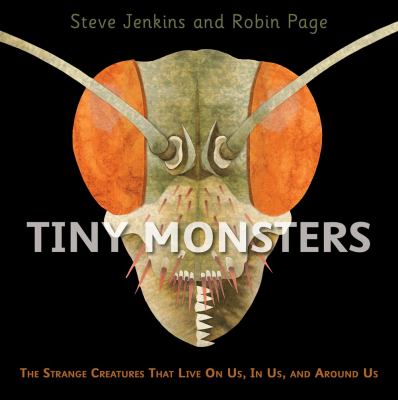
What might this book be about? What do you think of when you hear the word "monster"? Does the cover of this book give you other ideas? What kind of information do you think will be in this book?
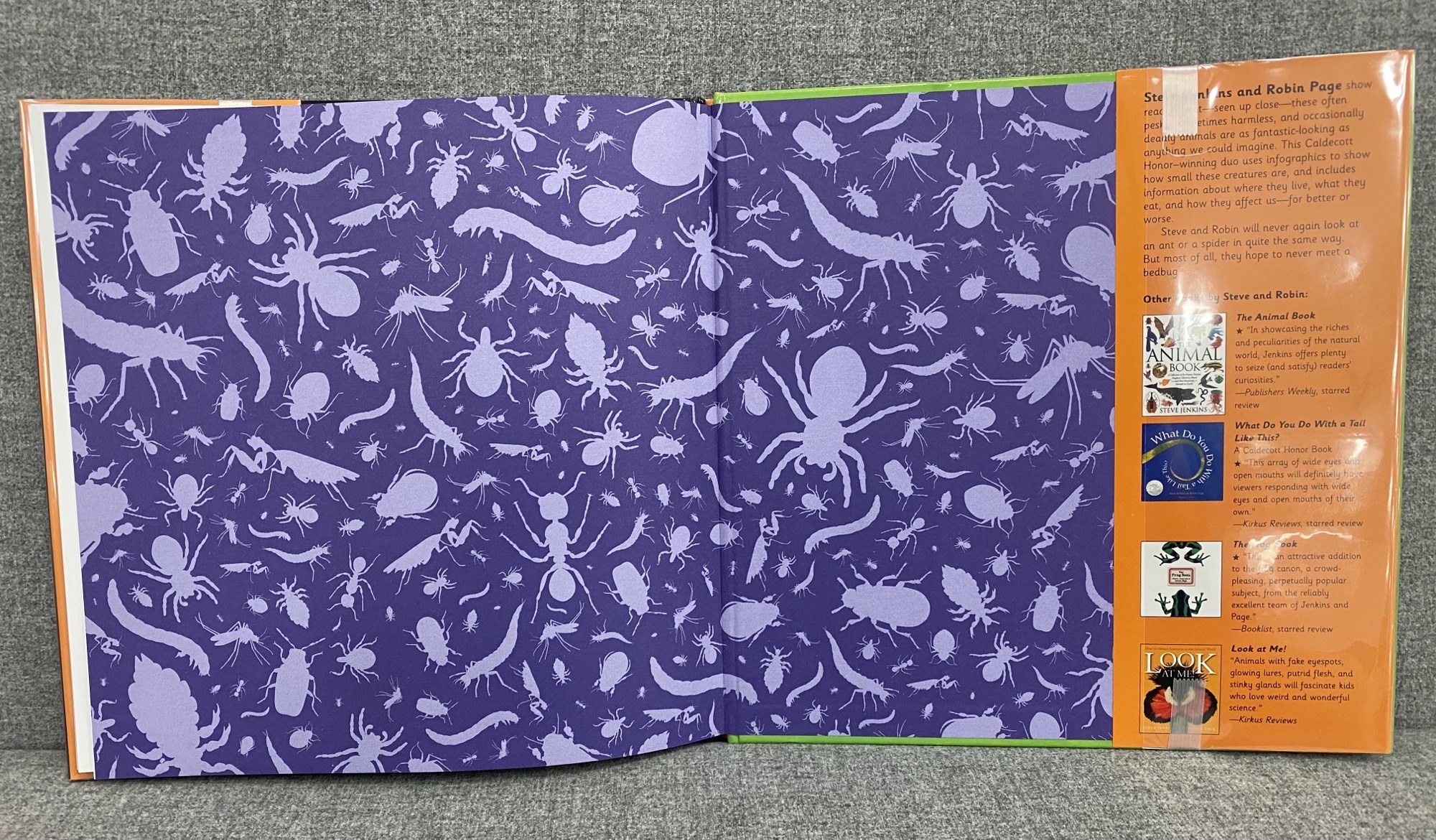
These are the endpapers in the book Tiny Monsters by Steve Jenkins and Robin Page. What do the endpapers tell you about this book? What do you think this book might be about? What kind of tiny monsters is this book talking about?
Let's take a look at some of the text features in the book Avoiding Dangerous Downloads by Karen McMichael. With children using technology so much these days, this book and others in this series are perfect for reading for information.
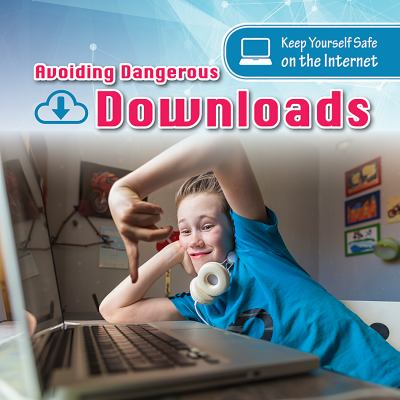
Again, look at the cover of the book. What is this book about?

Younger readers are still learning to decode words. If your book has a glossary, this is where you turn to build vocabulary and prepare to read new words as they appear in the context of the book. Go over the words in the glossary together. What do they mean? If there are too many words in the glossary to go over all of them, consider coming back to the glossary as you come across unfamiliar terms.
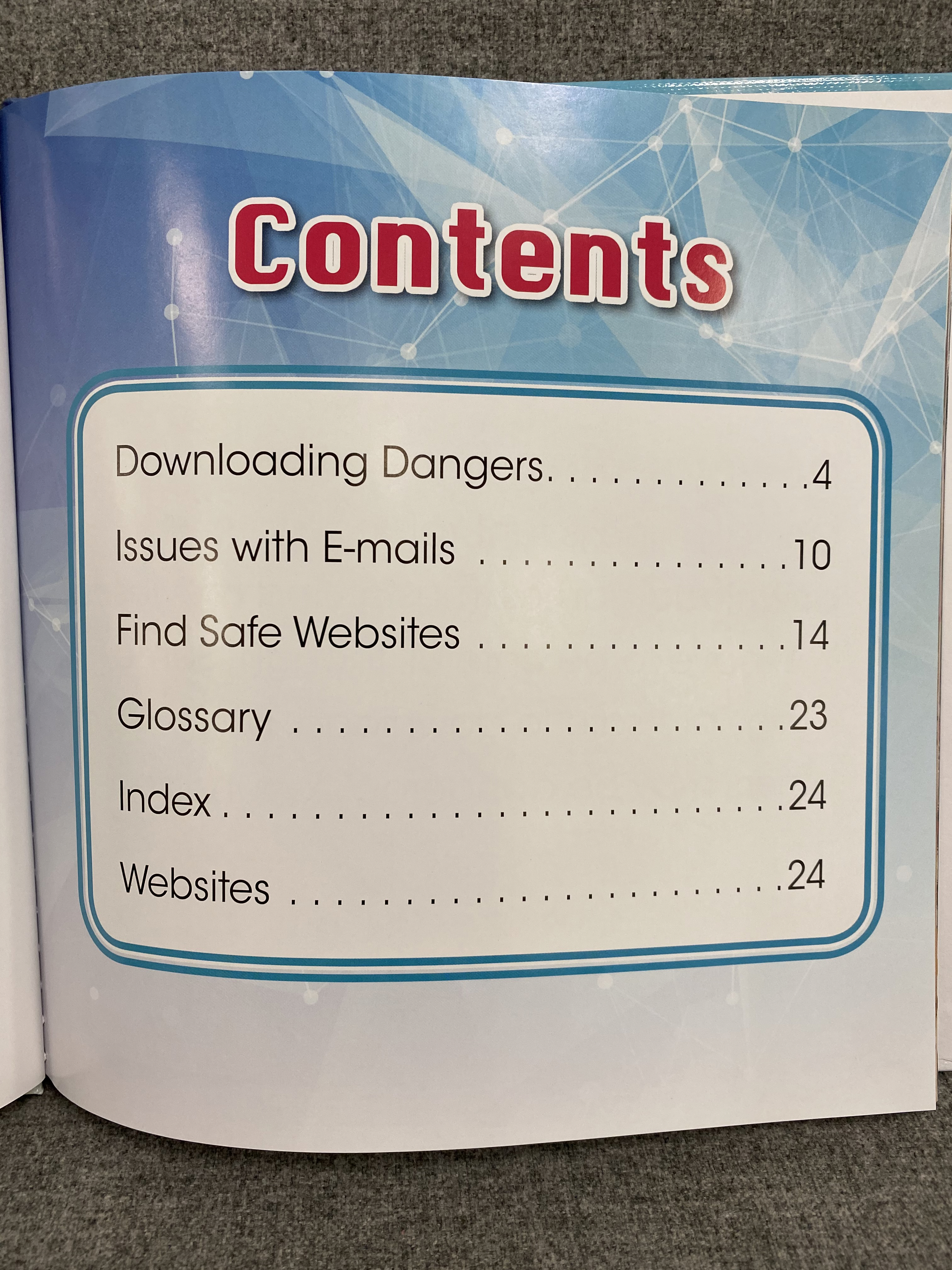
Go over the table of contents together. What are we going to learn about in this book? Talk about how to use this text feature. If I want to learn about safe websites, which page will I turn to?
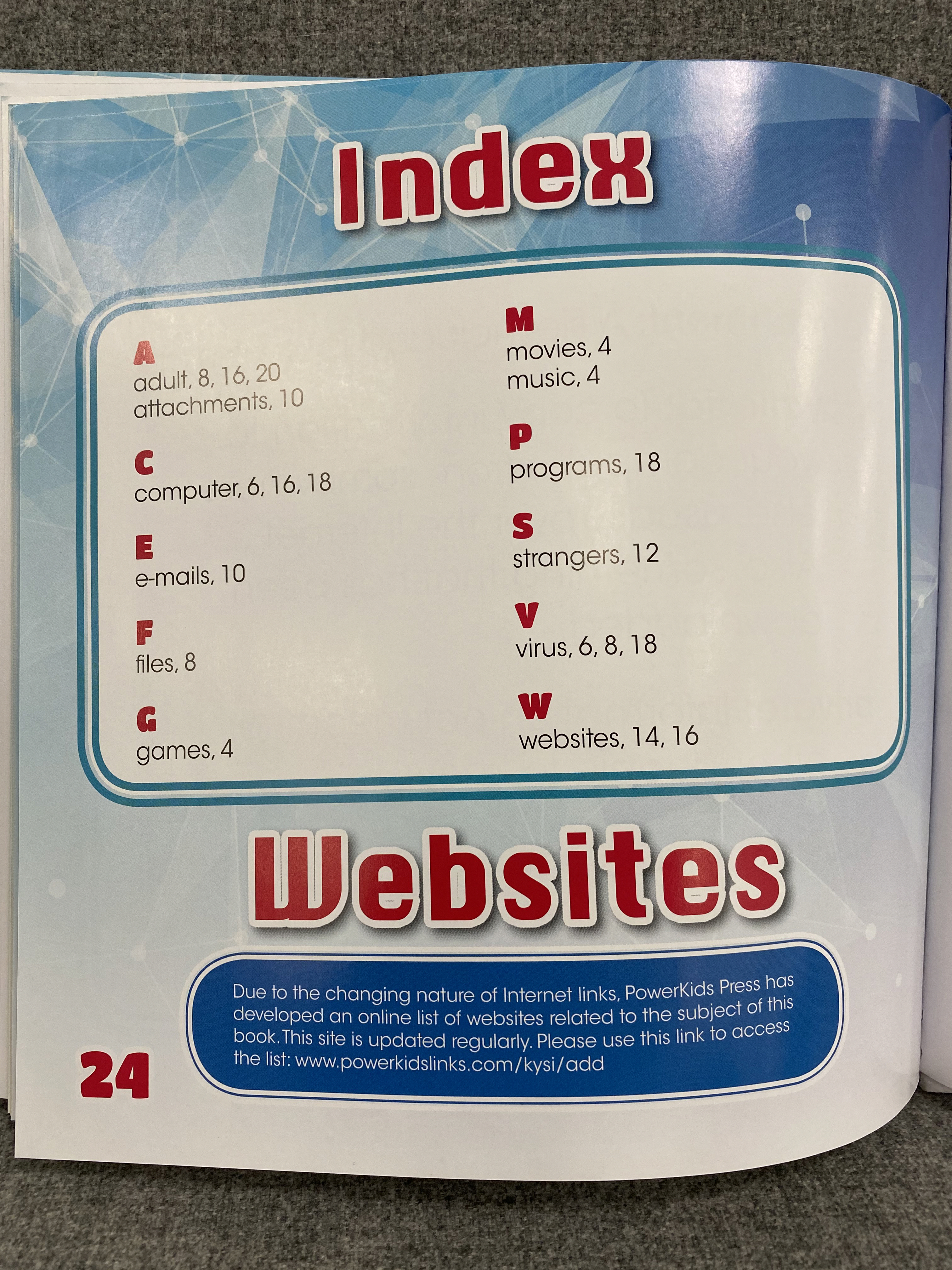
The index of the book tells us what pages to look on for certain terms. Talk about how you could use this text feature to look up information in the book. What page or pages would we look on to find out about a virus in a computer?
Check out this video from BrainPOP Jr. about text features.
Narration
I have found the Charlotte Mason Method of narration to be particularly helpful when teaching young children to select important information in a text. Read this excellent overview of the method here and then try it with your own child or in the classroom. Building the habit of attention and practicing narrative skills is the perfect recipe for getting children ready to use the information they read.
Motivating Children to Read and Enjoy Informational Text
This article from Reading Rockets is chock full of great ideas on reading for information with younger readers.
Do you want to explore more SC Education Standards?
Read part 1 of Reading for Information here.
Part 3 of Reading for Information coming soon.
Read Part 4 of Reading for Information here.
Visit the Richland Library's SC Education Standards page.
Books to Read
The titles below will help you and your child read for information. Want us to pull books for you? Contact us at 803-799-9084 and request to have books sent to your nearest Richland Library location.


Passwords Are Secret

The Science Behind Batman's Uniform

Mae Jemison

The Magic School Bus

Katherine Johnson

Life in a Wetland



Tiny Monsters

Cree



Avoiding Dangerous Downloads


Magic Tree House Survival Guide

Light is All Around Us

Pyramid

Snakes

Photographs



